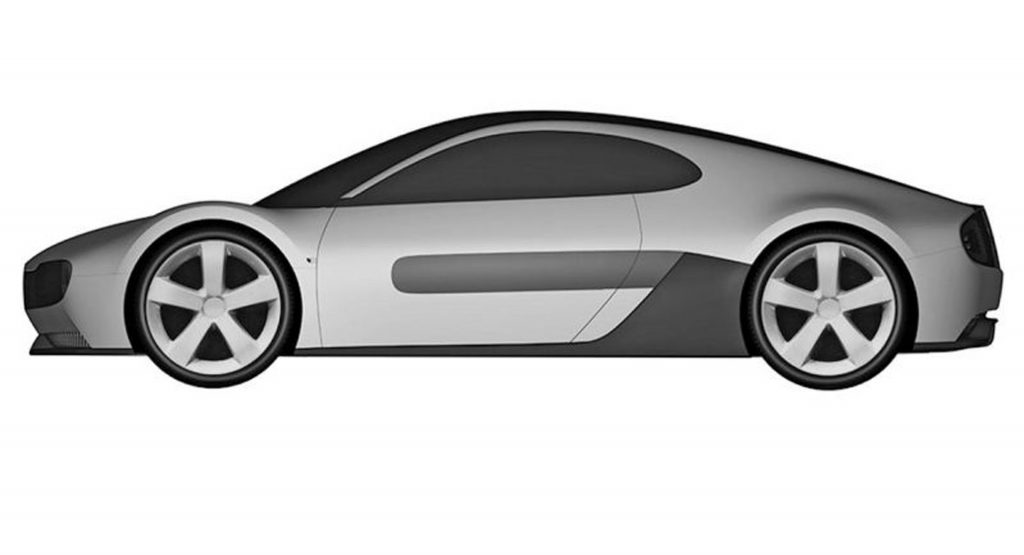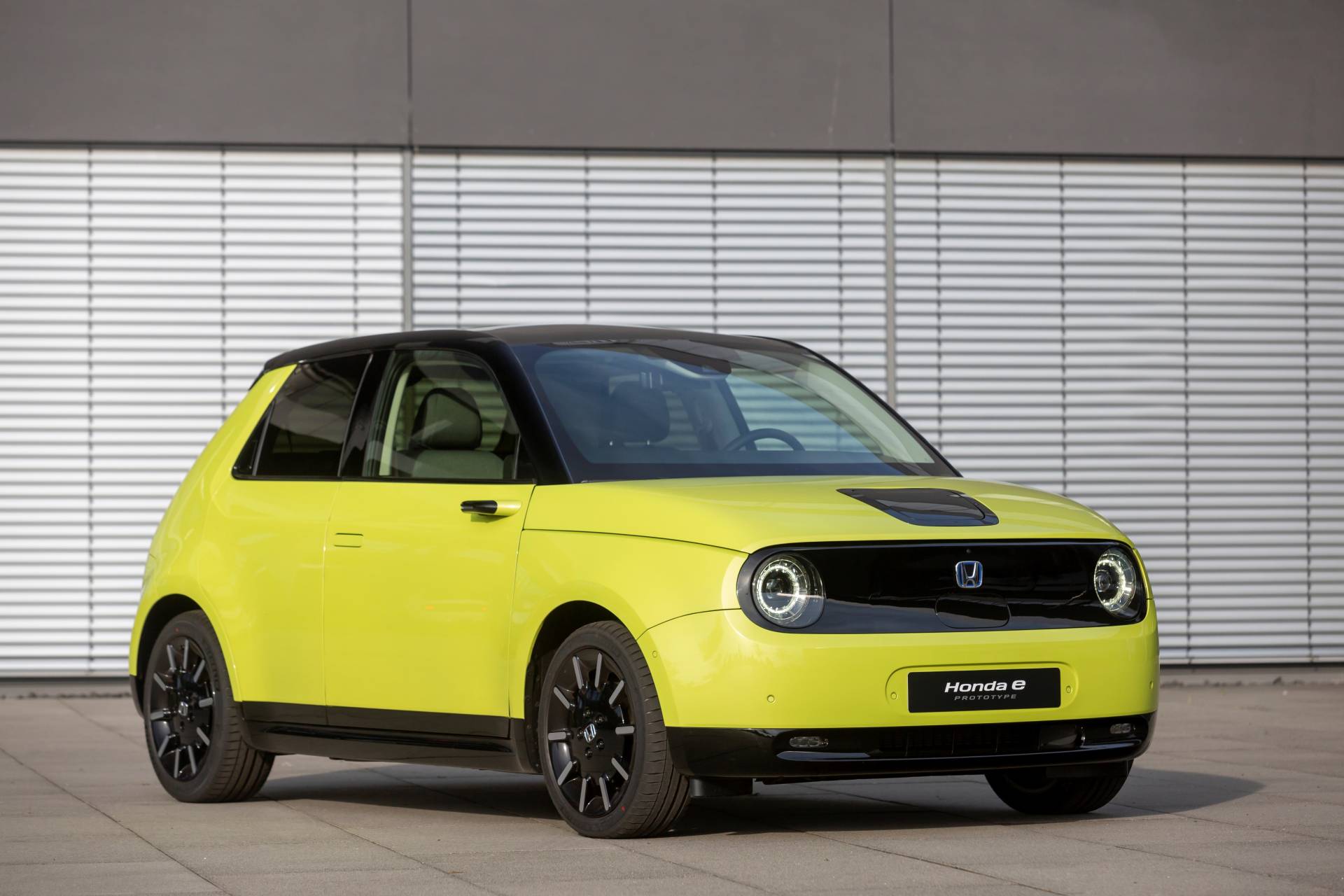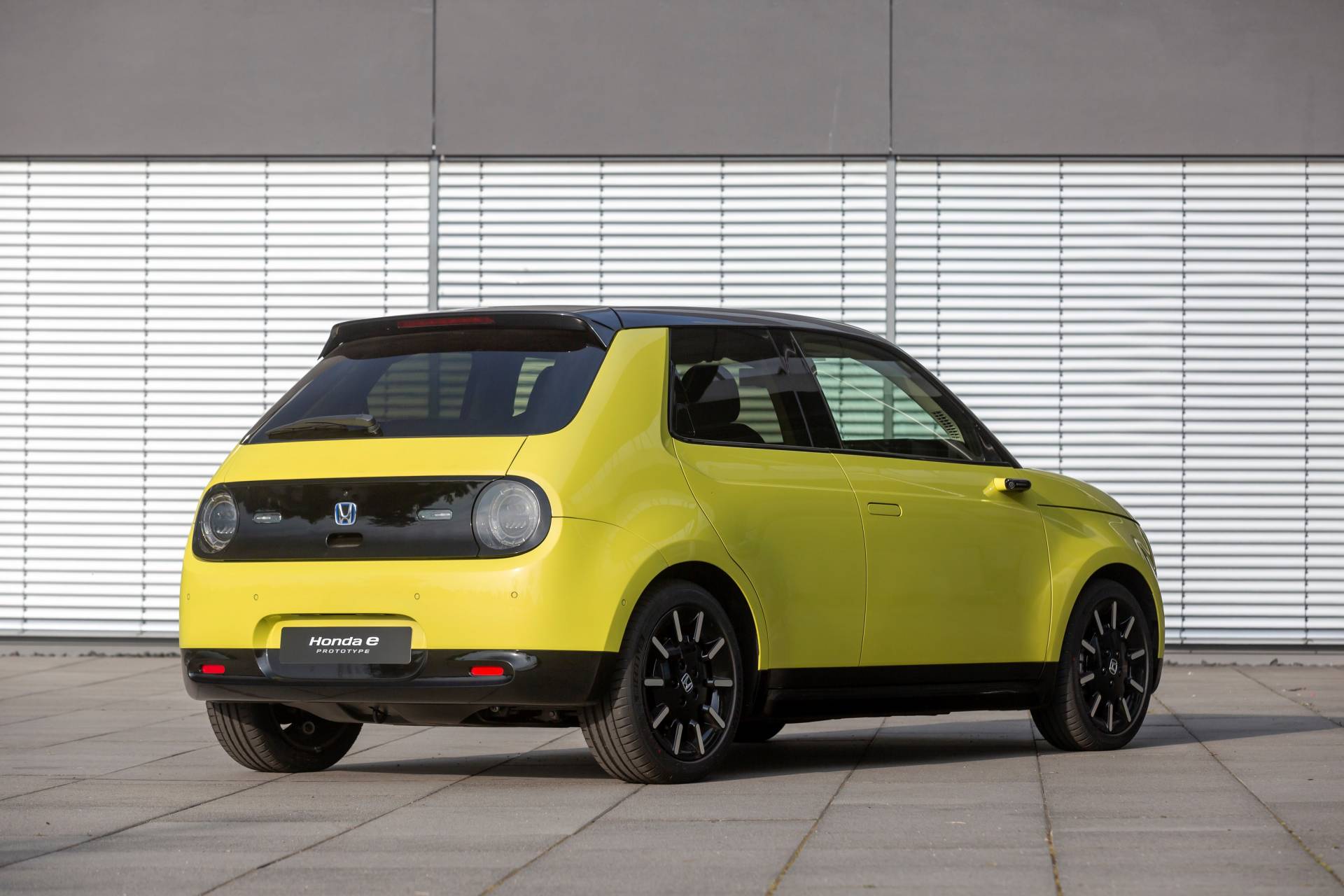Honda used the Goodwood Festival of Speed to showcase their adorable e hatchback, but the company is working a new BEV architecture that will underpin an assortment of larger electric vehicles.
Announced earlier this month, the architecture will be flexible and can accommodate different body styles as well as battery packs. It will also be available with an all-wheel drive system.
The flexible nature of the platform promises to lower development costs as multiple vehicles will be based on the same architecture. These models will also share a number of components and this will also help to reduce costs.
Honda was tight-lipped on specifics, but Automotive News says the architecture will be launched by 2025 and underpin “everything from crossovers to sedans.” The publication went on to say models based on the platform will come standard with a rear-mounted electric motor and rear-wheel drive.
The use of rear-wheel drive is certainly interesting and so is fact that vehicles based on the platform are slated to have a 50:50 weight distribution. The move is reportedly part of Honda’s plan to put an emphasis on sporty driving dynamics.
There’s no word on performance specifications, but Honda’s Ayumu Matsuo revealed the architecture will be used on C- and D-segment vehicles. He also said models based on the platform will have “highly efficient packaging” and a “smooth” driving experience.
Besides announcing plans for the BEV platform, Honda revealed its two-motor hybrid system will eventually be offered on “small-sized vehicles.” Honda will also be “applying our high-voltage system technologies to PHEVs, BEVs and FCVs” and the company said this will improve their performance.
Also Read: Do These Patent Images Show A New Electric Honda Sports Car?
While Honda has high hopes for these models, the company acknowledged challenges remain. In particular, the automaker said “required powertrains are different from region to region and are becoming further diversified depending on infrastructure, regulations and customer needs in each region.” That’s a significant problem, but the company intends to offer the “right products, in the right places at the right time.”










